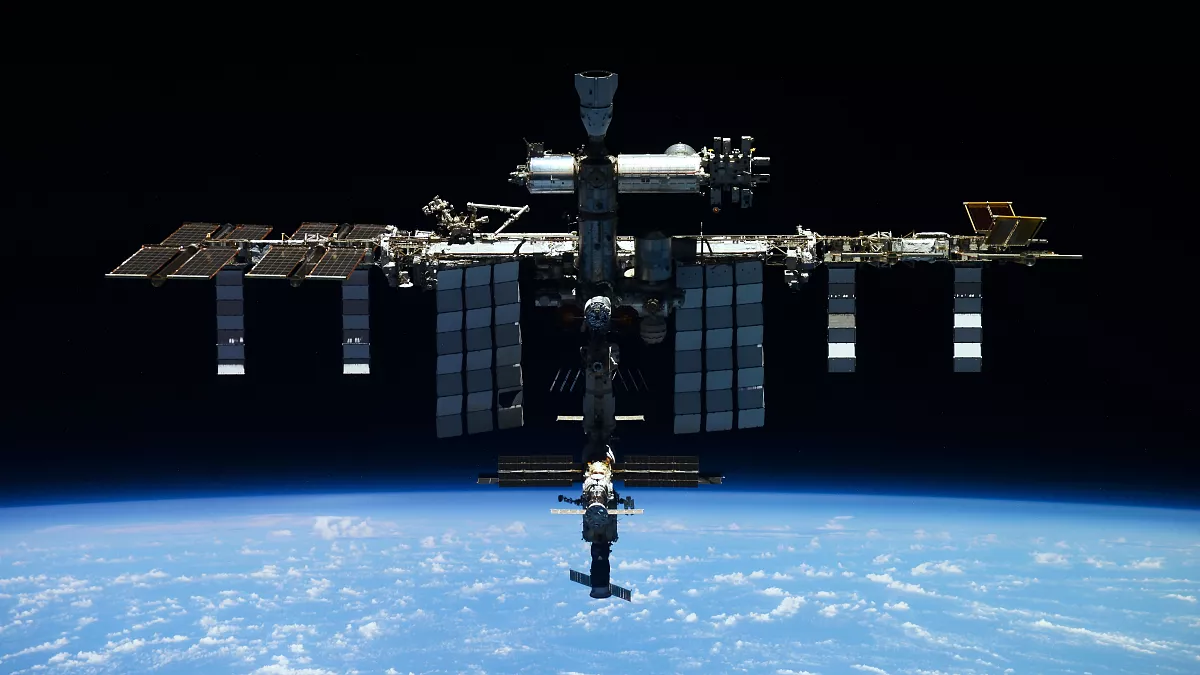By: Cindy Pu
On Wednesday, June 24, 2024, six astronauts on the International Space Station (ISS) took shelter after an old Russian satellite broke into more than 100 pieces in orbit.
The NASA astronauts Butch Wilmore and Suni Williams had been on board along with three other U.S. astronauts and a Russian Cosmonaut since June 6, 2024. They had to shelter for about an hour because the event had happened near the ISS. Not long after the incident, the astronauts were able to carry on with their normal space work such as conducting experiments, assembling the space station, and maintaining the shuttle while it’s in space.
In 2022, Russia had declared that the old satellite was dead, but it still broke up into at least 180 pieces about 220 miles above Earth. Thousands of small to large satellites orbit in the region where the Russian satellite broke up, including SpaceX’s starlink network and China’s Tiangong space station which has three astronauts currently onboard. The US Space Command said there is currently no immediate threat to the other satellites in orbit.
People all over the world rely on the satellite networks that are crowding space. They play a vital role when it comes to activities on Earth, like internet use, navigation systems, communication, and knowing the weather. Without satellites, we wouldn’t be able to text or call our friends and family. Most satellites are launched into space on rockets. Then when the launch thrust is greater than the pull of Earth’s gravity, the rocket goes into orbit.
However, there also are a lot of decommissioned satellites just floating around in orbit. We call this ‘space junk’. There are about 25,000 pieces of ‘space junk’ larger than four inches floating around in space that were caused by satellite collisions and explosions.
Dead satellites usually just stay in orbit until they slowly descend into the Earth’s atmosphere years later and burn up. In much rarer circumstances, they float far away from Earth and lower the risk of the ‘space junk’ crashing into other satellites.











